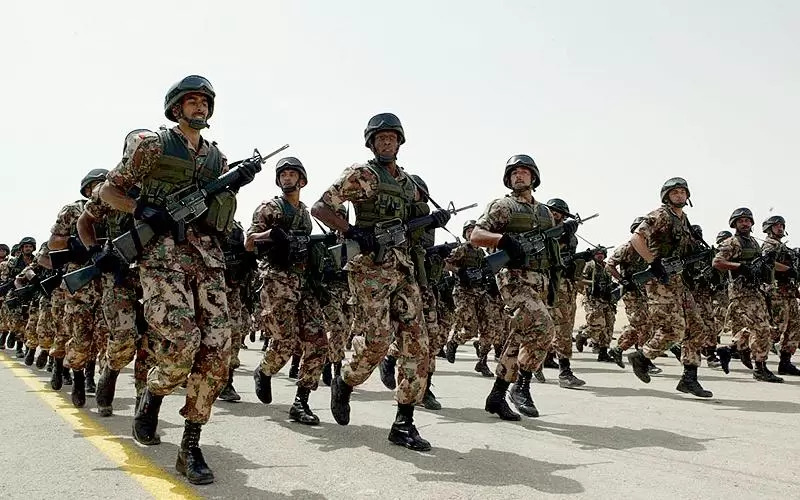The Libyan Center for Security and Military Studies (LCSMS) has actively participated in the preparation of the “Strategic Report on the Arab Region,” specifically focusing on the state of the Arab and regional military for the year 2024. This report is part of the tenth annual publication by the Strategic Thinking Group. The Center provided an in-depth analysis of the military situation in the region through three main sections.
Escalation of Military Spending in the Arab Region
The first section addresses the rise in military spending in the Arab region for the years 2022 and 2023, pointing to the indicators and underlying reasons for this increase. The report explains that despite global calls to reduce military expenditures after the Cold War, countries in the region have continued to allocate massive budgets to enhance their military capabilities. In 2023, military spending in the Arab region saw a significant 9% increase, reaching approximately $200 billion, the largest annual growth in the past decade. The report attributes this escalation to several factors, most notably regional tensions, an arms race, and border conflicts, in addition to the pursuit of strengthening international alliances.
The Weak Impact of Arab Military Capabilities
The second section observes the limited impact of the military capabilities of Arab armies in Middle Eastern conflicts, despite possessing substantial resources. The report indicates that despite enormous spending on modern armaments and the formation of strategic partnerships, the influence of Arab states has remained limited in major crises such as the war in Syria, the conflict in Yemen, and the Palestinian issue. According to the report, this weakness stems from the absence of a unified and clear strategy, excessive reliance on external allies, and internal competition among the region’s countries.
The Ascendant Role of Armed Groups
The third section focuses on the superior role of non-state actors in the Middle East compared to that of states. The analysis clarifies how groups such as Hezbollah in Lebanon, the Houthis in Yemen, and Hamas in Gaza have managed to become pivotal forces, at times surpassing the influence of regular armies. The report examines how these groups, despite their limited capabilities, have demonstrated a greater ability to achieve direct regional and international impact thanks to flexible external support, their connection to local communities, and the high operational flexibility they possess. The report also presents a comparative analysis of the strengths and weaknesses of major regional powers, including the Gulf Cooperation Council countries, Egypt, Turkey, and Iran, and their influence on regional events and conflicts.
